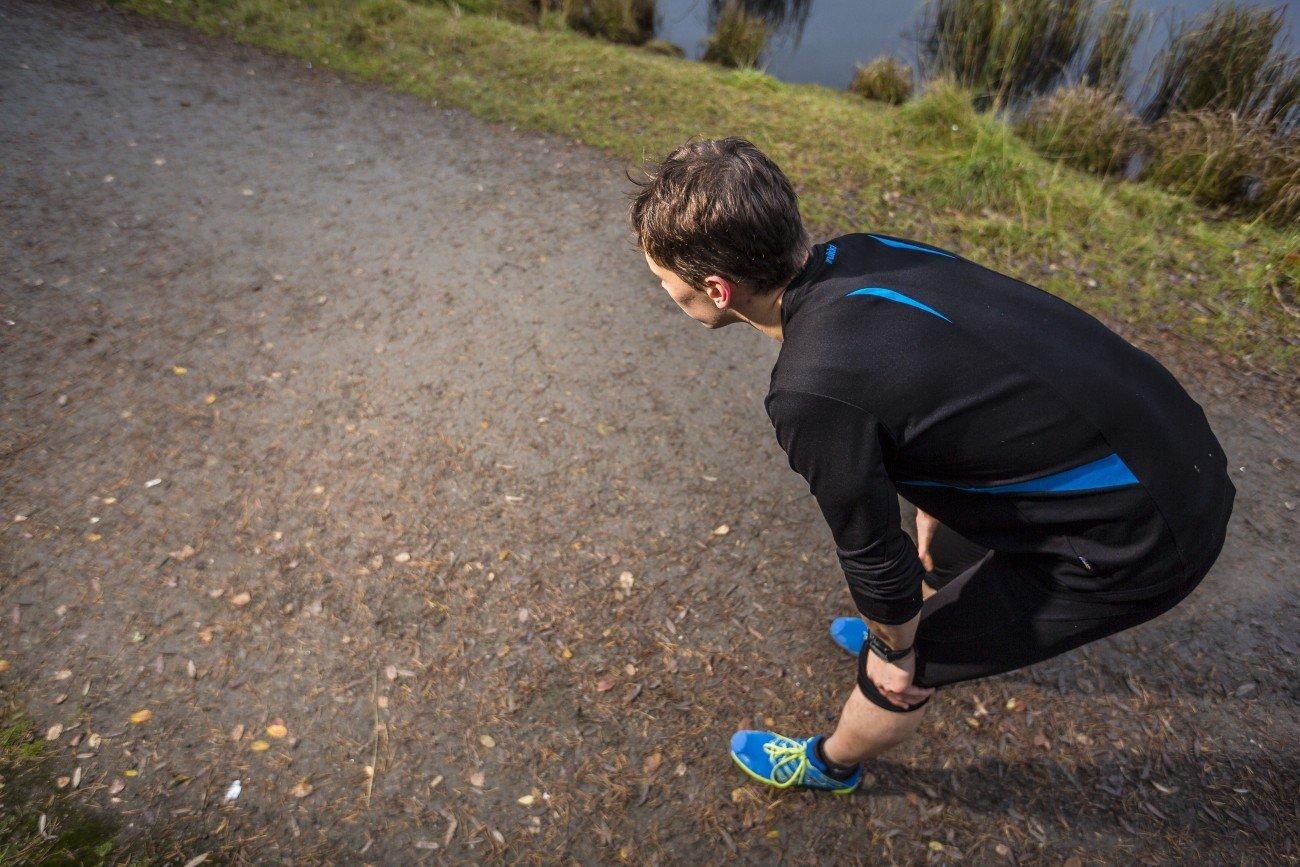
Hello readers! My name is Arno Laitinen and I’m a 26-year-old ”semi-pro” hammer thrower from Jyväskylä, Finland. I represent the local track and field club Jyväskylän Kenttäurheilijat.
I attended my first sports competition when I was 2 years old but more seriously I have been practicing and competing in hammer throw since I was 15. During my teenage years I was one of the best hammer throwers in the world in my age group. In the U17 World Championships I finished 7th and a couple of years later I won the U19 European Championship. The final breakthrough in the adults’ series has eluded me due to a couple of more challenging injuries. Now it’s starting to look like I’ve overcome the difficulties and therefore I believe I will be seen in the adults’ elite competitions during summer 2014.
My training camp was located in El Paso, Texas. A training camp enables the athlete to train and recover inside an optimum environment. When an athlete is taken away from their everyday life the amount of stress factors decrease, it becomes easier to focus on training and both daily and dietary rhythms improve. The combination of decreased stress and improved diet leads to more beneficial and effective training conditions. In these kind of circumstances also monitoring recovery and listening to one’s body is easier. Combining this package with Firstbeat equipment made me very interested in testing the limits of my performance.
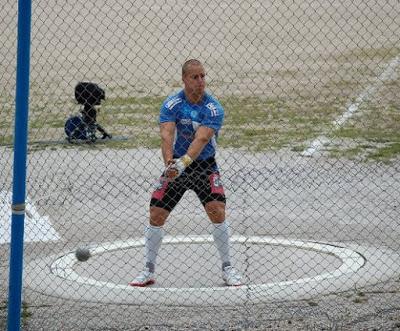
Laitinen throwing.
During the training camp I utilized a training cycle I had already found good back home. The training cycle includes a ten-day block of high intensity training followed by four days with low intensity and more recovering training. The cycle is based on the idea of first fully tiring the body before the resting and recovering period. Together with my coach we have noticed that this system is the best for me not only to develop but also to avoid injuries. A ten-day training block includes throw training, basic and sport specific strength training and “general physical training”. General physical training includes medicine ball throws, plyometric jump exercises, basic training, and endurance training. The four days of recovery included very low intensity endurance training, body maintenance, cold baths and massage.
I took the Quick Recovery Test nearly every morning during the camp. Combining the test results with my own experiences gave me a good insight on my state of recovery. I also took the Overnight Recovery Test a few times during the camp.
Recovery During the Training Cycle
Both the devices, Firstbeat heart rate belt and Bodyguard 2, were easy to use. My morning routine was to attach the belt half asleep, log in to my computer and relax for five minutes to take the test. Previous to using SPORTS I was wondering whether the Bodyguard 2 would make falling asleep more difficult but I discovered the device was very unobtrusive and didn’t bother me at all.
I already had a pretty good understanding on how intensively I could train since I had been following the same kind of training cycle for over a year. The recovery tests confirmed that I am on a right path. During the first ten days of the cycle, that included high intensity training, my state of recovery weakened remarkably. At the beginning of the training cycle my share of recovery was nearly 100% whereas at the end of the ten-day block it was about 30%. This is exactly how I think it should be: Starting the training cycle fully recovered and resting when the body is exhausted.

Results of the Quick Recovery Test on the 1st and the 10th morning of the training cycle. The results show the percentage of recovery based on the individual maximum level.
During the camp I also attended a competition in Albuquerque, New Mexico. I was interested in how the excitement previous to the competition affects my recovery so I took the Overnight Recovery Test the night previous to the competition. I found the results very interesting.
The red bars present the stress reactions whereas the green ones present the relaxation and recovery. The image illustrates that only about one half of the sleep during the night previous to the competition was recovering. These results suggest that I probably had the competition on my mind and that I was stressing about it. The most interesting part is that I was fully recovered because of a few days of low intensity training.
The results of the Overnight Recovery Test after the recovering training block shows that training doesn’t cause me as much stress as competing. The overall load previous to the measurements had been quite similar.
Altogether the training camp was a success. Even though the quantity and the intensity of the training were extremely high during the whole camp, I managed to avoid injuries and other harms. In addition, I was also able to improve on my results during the camp. Firstbeat equipment confirmed that the intensity of my training is quite optimal for me. After the successful training period this spring I feel confident to start the competitive season 2014 and reach for the European Championships in Zurich.
If you liked this article, you should subscribe to our newsletter.
You might also be interested in
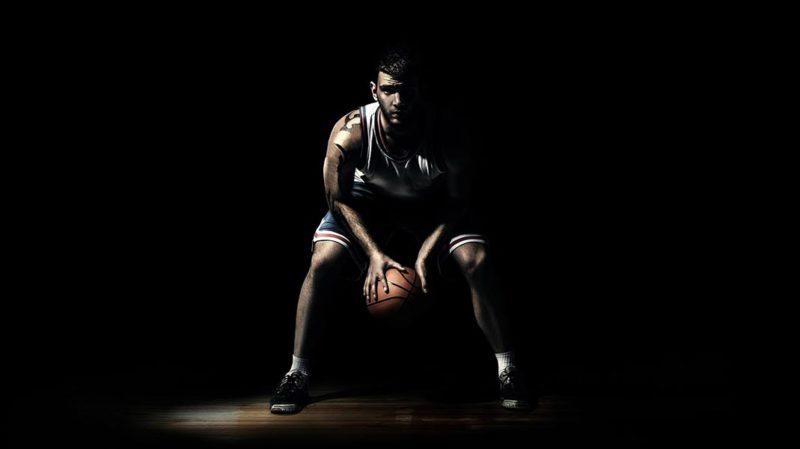
NCAA Basketball: The Practical Side of Recovery Monitoring
As part of the Firstbeat Sports webinar series, Sean Conaty of the University of Eastern Michigan delivered his insights into the practical side of using data to enhance performance for NCAA men’s basketball players.
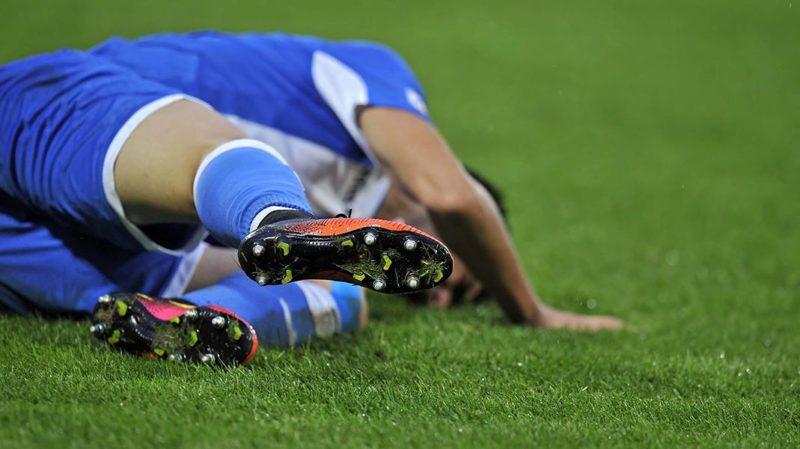
Solving the Training-Injury Prevention Paradox
In August 2017, Firstbeat Sports hosted a special webinar featuring Dr. Tim Gabbett, an internationally renowned physiologist and leading expert on the topics of training demands and injury prevention.
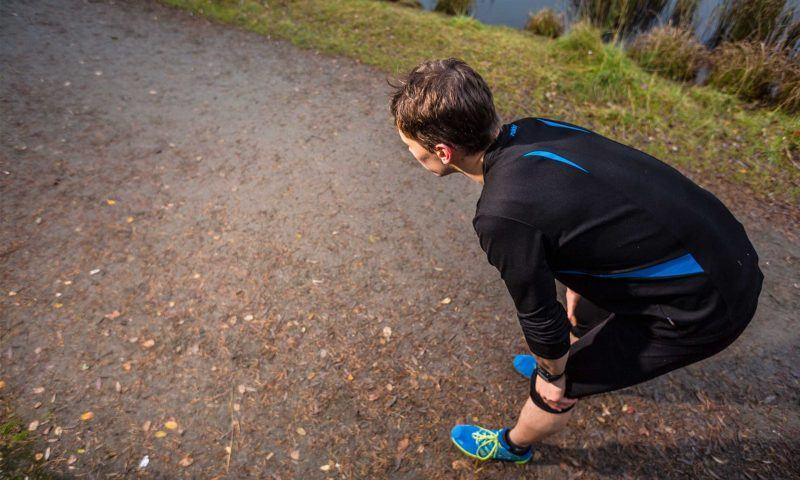
HIIT as a way to spice up your fitness routine?
HIIT is a trendy form of training today – according to American College of Sports Medicine’s Worldwide Survey of Fitness Trends 2015, it’s the no. 2 fitness trend in the world.


